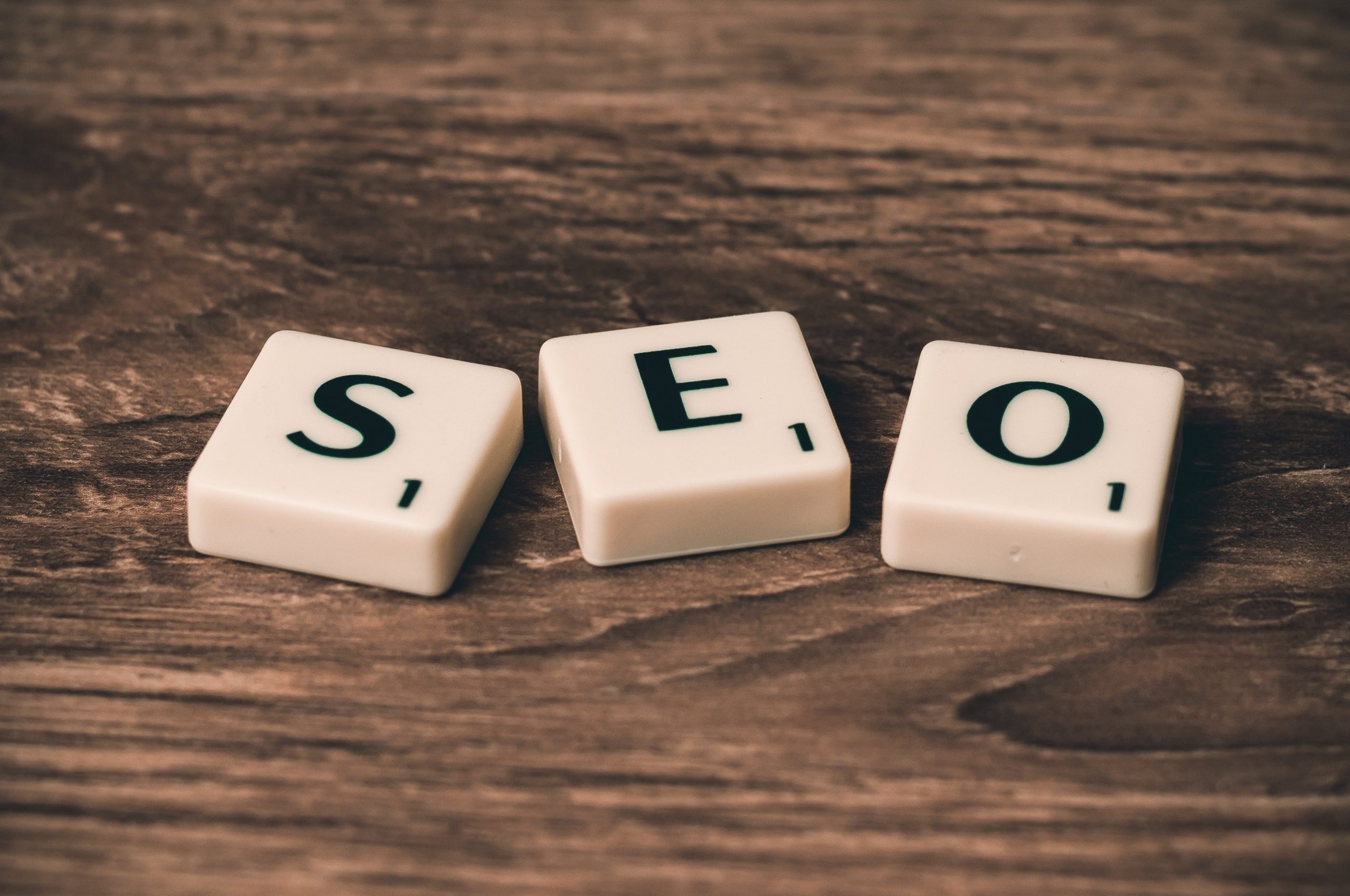Search Engine Optimisation (SEO) is vital for all businesses. The most successful businesses know exactly what it is and how to use it. SEO can be complicated, but at its core, it improves the appearance and positioning of webpages in organic search results.
Certain actions must be taken to improve your ranking on any search engine. Firstly, you must provide relevant and quality content to appear closer to the top of one’s search. Quality content that’s created for your intended user will increase the traffic to your site and help keep it relevant among search engines.
Another avenue to explore is to have a link worthy site. A website that’s rich in content and unbiased will help visitors learn about what they’re interested in. This can help attract links from other websites (external links), which improves your SEO strategy. Within the text on your page, add relevant links that direct users to the site you retrieved information from.
Along with these tips, there are three types of SEO your business should focus on:
- on-page SEO
- off-page SEO
- technical SEO.
On-page SEO – the basics
On-page SEO (also known as internal or on-site SEO) refers to the optimisation of elements on a website to rank higher and earn relevant user traffic. On-page SEO allows users to efficiently understand what a website is about and if it’s applicable to their search query. Common aspects of on-page SEO include:
- title tags
- content
- internal links
- URLs.
Title tags
A title tag is the HTML element used to identify the title of a webpage. Its main job is to tell visitors and search engines what to expect from the webpage. To put it simply, it’s the blue link you will see on Google located below the web address (URL). It’s the first and most basic building block of creating the ideal website. So don’t start off on the wrong foot, be sure your HTML encapsulates your business, your content and your website.
Content
Content SEO refers to the information that lives on your website. Your content needs to be well-written and structured effectively. It’s vital that your content matches your title tags in order to earn a higher search engine ranking.
Internal links
Internal links are a hyperlink found on a webpage that directs you to another page on that same site. These links are important as they allow users to navigate a website and it also helps to establish a hierarchy of information.
URLs
A URL (commonly known as a web address) specifies the location of a webpage on the internet. It helps to identify the information hierarchy starting with the home page of the website and then leading to the current page of the site you are visiting.
These aspects of on-page SEO are important building blocks for your website. Ensure they link to each other and that there’s no disconnect.
Off-page SEO – building your digital footprint
Off-page SEO (also known as external or off-site SEO) are the activities you and others do away from your website. One of those activities is backlinks (a link that is created when one website links to another).
Search engines use these links to determine the quality of a website’s content. If a site has many valuable backlinks, it will rank higher than websites that lack backlinks or do not contain high-quality ones. There are three major types of backlinks.
Natural links
This is a link that happens organically. This link exists as a reference to a piece of content, website or source. It will feature topically related content that matches your niche. These are the best form of backlinks.
Manually built links
This type of link is paid for. They can be placed, tracked or monetised through affiliate programs or celebrity influencers. This is an unnatural link that will feature mainly within sponsored content or pay-per-click (PPC) campaigns.
Self-created links
The purpose of using this link is to trick search engines into thinking your content is good by manufacturing SEO value. It’s highly recommended that these links are not used. In recent years, Google has even penalised self-created links.
Backlinks are just one way to achieve a higher search engine ranking. Encouraging branded searches and increasing engagement and shares on social media are two other ways to improve your business’s SEO strategy.
Technical SEO
This is the most in-depth aspect of SEO and a vital component of increasing your SEO value. It allows search engine spiders to crawl and index your website. These spiders crawl across your website by following internal links to view your content and then add it to your index.
This is just the basic makeup of what technical SEO is. There is so much more to it. If you’re interested check out our blog post dedicated to this topic: Technical SEO: Your wings to greatness.
These three main components of SEO are crucial and should be considered when creating your website. If you don’t have a strong SEO strategy, you’re losing out to the competition that does.
—
If you aren’t confident about building a strong SEO strategy, contact Elite Words for expert advice.

